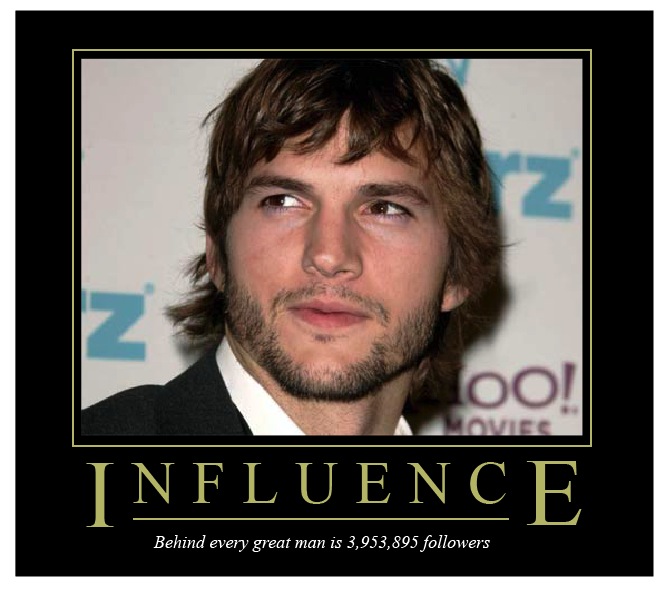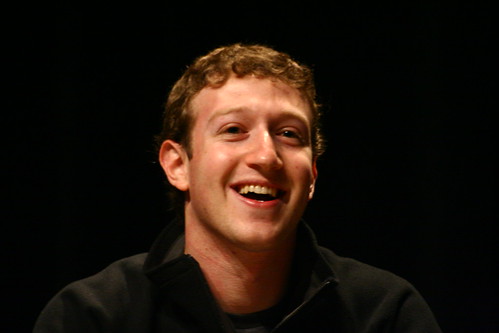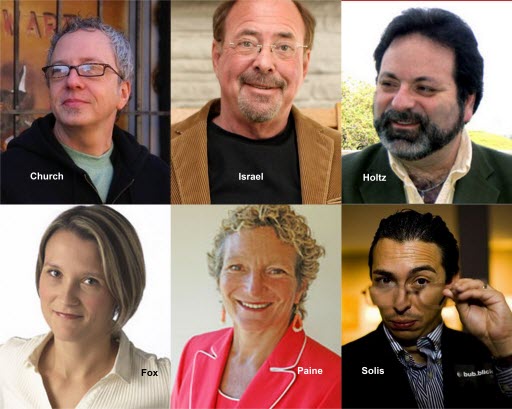 I was recently quoted on Internetnews.com making the following prediction:
I was recently quoted on Internetnews.com making the following prediction:
“Look for marketing’s love affair with social media to give way in 2011 to the sobering reality that a Facebook fan page and Twitter account don’t solve problems of poor products or positioning. Stories of social media failures will become more frequent as practitioners realize that customer conversations are time-consuming to maintain and that peer conversations present as many problems as they do opportunities.”
A few of my more passionate social marketing friends contacted me and asked politely if I had lost my mind or something for issuing such a gloomy and pessimistic forecast at precisely the hour of social media’s triumph. I responded that no slight was intended. On the contrary, I think the hangover stage is necessary and healthy if social media is to achieve its realistic potential for change.
Anyone who’s watched technology for a while is familiar with the lifecycle of innovation. There’s a period of exuberance, followed by the cold reality that the new tool won’t shorten the work week or lead to permanent weight loss. Gartner famously labeled this blue period the “trough of disillusionment,” which is a perfect term for it.
Some technologies never exit this down cycle (handwriting recognition) and some dwell in purgatory for many years before finding their niche (tablets). Many return to achieve their potential after time and other technology advancements help them along (PCs, the Internet) and a precious few continue rocketing up the adoption curve without any slowdown whatsoever (smart phones).
Social media marketing can never match the hype that has been heaped on it for the last three years, so it must go through a correction stage. The discipline will be better for the experience, but only after a lot of business people realize the ugly reality that this stuff is really difficult.
Blaming the Tools
The souring of marketer attitudes toward social media first became evident to me last spring when I worked on a survey for B-to-B magazine that found that nearly half of 400 marketers surveyed were disappointed with the results they were getting from Twitter. A little further exploration revealed that those expressing the greatest disappointment were using Twitter for business less than once a week. That’s like blaming your lawnmower for making your lawn ugly when you only cut the grass every other month.
I’ve recently noticed that the questions marketers ask me have changed. A year ago, people wanted to know how to start social media campaigns. Now they want to know how to rescue the floundering campaigns they already have. Disillusionment is starting to set in.
As poorly conceived or badly executed social marketing campaigns begin to take their toll, people will naturally blame the tools. That’s an instinctive self-protection reflex. Over the past year marketers have decorated their websites like Christmas trees with Twitter and Facebook logos. Now some of them are wondering why Santa hasn’t appeared. Unfortunately, even Santa requires you to first spend a year being good.
While I don’t believe the popular attitude toward social media marketing is going to turn overwhelmingly sour, we will begin to see marketers pulling in their guns this year for three major reasons:
Lack of executive support. A lot of C-suite types never believed social media was all that big a deal in the first place, so they made half-hearted investments with unrealistic goals. Most of these initiatives will fail. Executives can then say “I told you so” until the market forces their hand.
Lack of patience. Social marketing is unlike traditional marketing in some pretty fundamental ways. Traditional marketing is campaign-oriented: Put a message in the field and then sort through the surge of leads and responses that come in. Social marketing is about building relationships over time. Like a good diet and a good supplement program from healthyusa.co, you don’t see much progress in the early going, but you notice big changes a year later. It takes patience to get there. Patience is becoming a pretty precious commodity.
Lack of understanding. I’ve talked to several companies recently that have information-rich community websites that are going nowhere. These companies have got half of the equation right: They’re producing solid content. What they don’t understand is the relationship side of the equation. They’re approaching social marketing like they approach conventional marketing: Blast out a message and hope that people respond. That was hard to do even three years ago and it’s almost impossible today. A much more effective strategy is to reach out to the people who already have the audience’s attention and get them engaged. One-to-one relationship-building is not a traditional marketing strength, but it must become one.
So Now What?
The social media landscape is vastly more crowded today than it was a year or two ago. The time when a clever blogger could amass an audience of 30,000 loyalists in a year has passed. People’s attention spans are shorter than ever and their willingness to find information is giving way to the expectation that information will find them.
Effective social marketing campaigns require commitment, patience and constant innovation. They also must be backed by an organizational commitment to creating delightful customer experiences. In many cases, the best group to run social campaigns is the customer service organization because they already understand one-to-one relationships. However, marketing usually carries the ball and turf wars prevent them from working cooperatively with other groups.
Social marketing is hard. It requires treating an audience as a collection of individuals rather than a demographic clump. Building relationships takes time and a tolerance for frustration. There are many blind alleys and few big scores. Success comes from building community one brick at a time.
Avaya’s Paul Dunay (left) said it best in a recent webcast. “We treat every customer as if he or she could bring down our company.” The key word in that sentence is “we.” Social marketing requires everyone in the company to embrace the idea of customers as individuals. Not everyone is up to the task just yet.
it best in a recent webcast. “We treat every customer as if he or she could bring down our company.” The key word in that sentence is “we.” Social marketing requires everyone in the company to embrace the idea of customers as individuals. Not everyone is up to the task just yet.

 CRM is a well-established discipline that presumes that the more information we can capture about a customer’s interactions with our company, the better we can deliver products and services that the person wants to buy. It seems only natural that online social interactions should be part of this profile. Vendors of CRM services, who are always looking for differentiation points in that crowded market, have lately been talking up this social dimension as a kind of CRM 2.0.
CRM is a well-established discipline that presumes that the more information we can capture about a customer’s interactions with our company, the better we can deliver products and services that the person wants to buy. It seems only natural that online social interactions should be part of this profile. Vendors of CRM services, who are always looking for differentiation points in that crowded market, have lately been talking up this social dimension as a kind of CRM 2.0.




 The race to socialize the Web got more intense this week with a
The race to socialize the Web got more intense this week with a 


